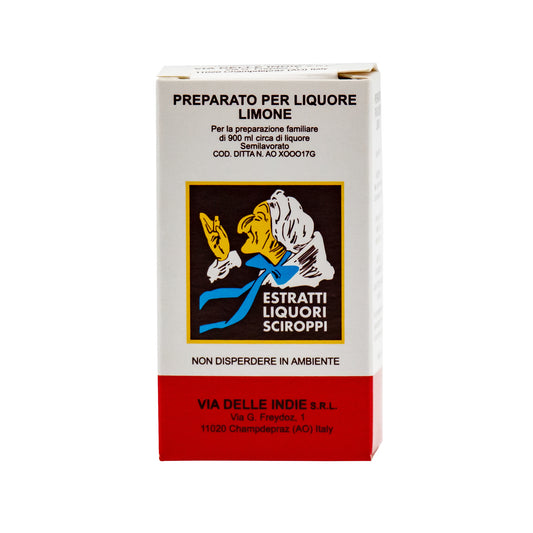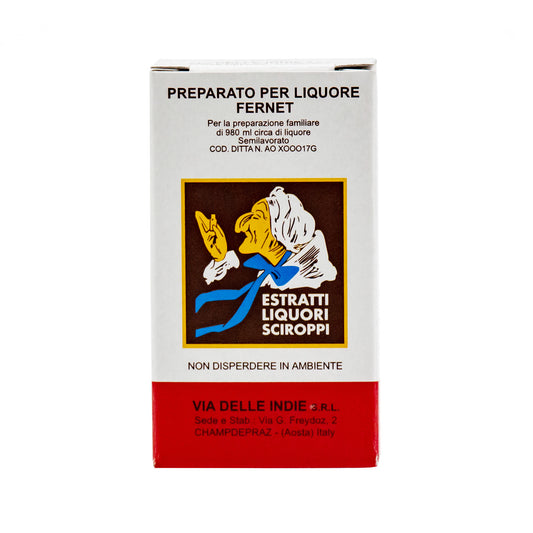In the March Issue of Italianicious Magazine, we were featured in an article relating to our company, it history and wine making. Thanks to all the team at Italianicious for their work... It really is a unique magazine that discusses all things related to Italian culture, ranging from food to fashion. You can buy your copies in store at Clayton or Reservoir.
Below is an excerpt taken from the article and is also found on their website too:
The Home Make It brand has existed for only two years, but its story can be traced back much further. It all started during the 1970s when Luigi Baggio, originally from Fanzolo in the province of Treviso in Veneto, began making wine crushers, wine making equipment and passata machines in Australia and supplying them nationwide.

“Luigi recognised the need for Italians in Australia to hold onto their traditions,” says Home Make It business development manager, Frank Bovezza. “He was always looking at ways to promote equipment to the European market – and more specifically, the Italian market.”

Luigi and his wife Celeste set up retail stores, selling equipment used in making wine, passata and salami at home. Then, around 15 years ago, their son Paul established a commercial arm of the business called Australian & New Zealand Winemakers. It supplies winery equipment and processing aids to vineyards throughout Australia and New Zealand.

To this day, the company continues to supply the commercial and consumer market through its various divisions.
The recent Home Make It rebranding was designed to better capture the essence of what the business is all about – that is, providing the necessary equipment to enable its customers to make high quality food and drinks at home.
Paul has studied winemaking and worked at vintages in Europe and Africa, in counties that include Italy, France and South Africa. Through his experience, he has gained a great understanding of the commercial processes used in wine making and continues to stay on top of modern technologies being used and developed around the world. He was quick to identify an increasing interest in these methods at his retail stores.
“Paul worked out a safer way for people to make a better wine at home – not just for themselves to enjoy, but for their hip-pocket as well,” says Frank.
By testing grape juice early in the process, issues can be identified and rectified by adding the relevant products. These don’t contain any chemicals, they are all completely natural.
“Some people are still against adding anything to their wine. They want to stick to tradition so aren’t interested in any new processes,” Frank explains. “But we are finding that more people are embracing these better ways of making wine. There are many that have stopped making wine at home as they have gotten older. Now their sons are taking over and continuing the tradition, however they are embracing these modern ways of making it. We’re finding that the whole family enjoys drinking the better wine and that makes them more eager to keep getting better at it.”






